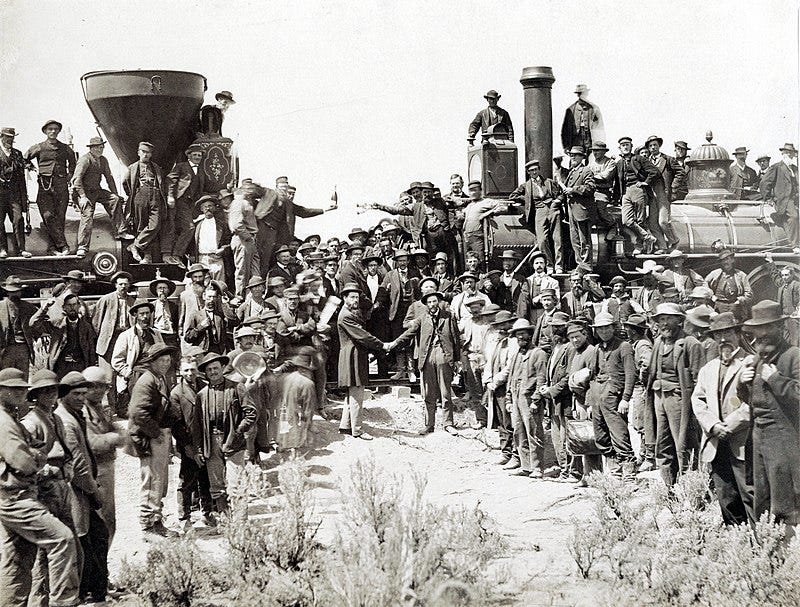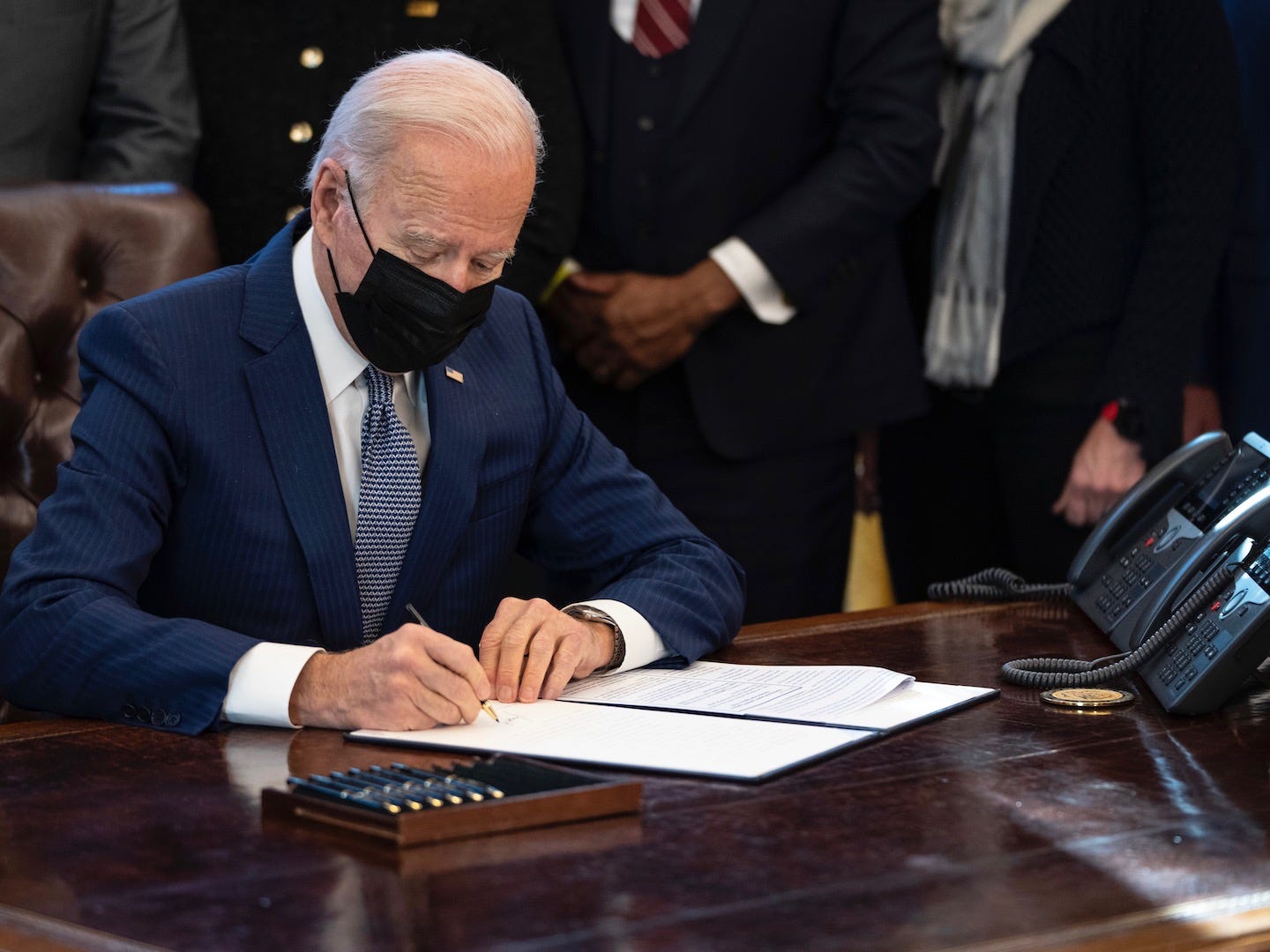DAOs ignited a revolution within organizational structures of governance. Web3’s culture of decentralization made us question our reliance on traditional centralized power structures. These new disruptors for change force us to reckon with whether or not we have the right governance structures in place and to revisit the first principles/history of how we found ourselves living within the structures we find ourselves in today. The intertwined nature of governance and technology is only becoming more clear. We’ve spent the last month diving down a governance rabbit hole and wanted to share some of the perspectives that stuck with us.
For Historical Context
Book: The Company: A Short History of a Revolutionary Idea (video presentation)
We take the modern corporation for granted, assuming its inherent capacity to take enormous risks and be legally protected in case of insolvency. However, the idea of a Limited Liability Company (LLC) did not exist until the 19th century.
Previously, major businesses took the form of partnerships where parties had unlimited liability and therefore enormous personal risk and consequence, or chartered companies where governments had a major stake. It was not until ambitions for developments in the New World, where an individual or group were no longer able to take on large utility projects such as developing railways or factories, that a legal system that protected individual investors, separate from the state, was established.
While often overlooked, embedded in the core of the modern corporation is the desire to more broadly crowdsource and distribute input and risk. Not too different from the intent of DAOs.
In the News
Representative Tom Emmer’s Thoughts on the Biden Administration’s Long-Awaited Crypto Executive Order
On March 8th Biden signed the first government-wide executive order to task federal agencies like the Federal Trade Commission and SEC to take an approach to regulate cryptocurrency. While the focus of the order might be regulation, it spoke volumes about the legitimacy of crypto on the federal level. Interestingly, it seems that the president’s order is not so much focused on the element of decentralization as much as on the digital form of these currencies (irrespective of their centralized or decentralized nature). As Representative Emmer put it bluntly, “The EO doesn’t mention decentralization once.” This action may be more closely aligned with China’s recent creation of the digital yuan than it initially reads.
A Fresh Perspective
What Co-Ops and DAOs Can Learn from Each Other
“DAOs tend to be better at enabling collective ownership at scale, even if their cultural understanding of the rights, responsibilities, and accountability associated with ownership is comparatively underdeveloped. And while cooperatives tend to be less successful in securing funding, they are also more likely, through their sober rejection of capitalist realism, to correctly address the root causes of inequity.”
Bonus Bytes
Jargon Breakdown: The G in ESG
On Your Radar: The Network State: How to Start a New Country by Balaji Srinivasan
In the Twitterverse: DAOS & Token-Based Governance are a Fantasy
If you haven’t already, check out our most recent podcast episode on Making the Metaverse Open and Accessible with Phillip Wang!







